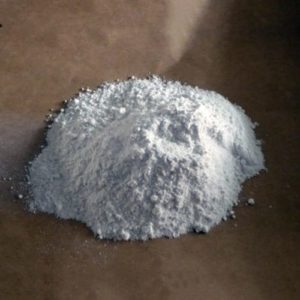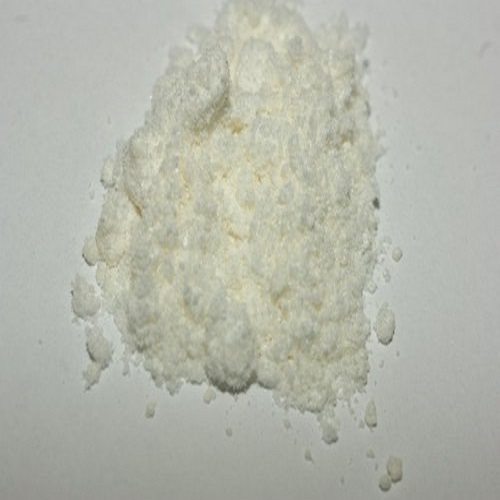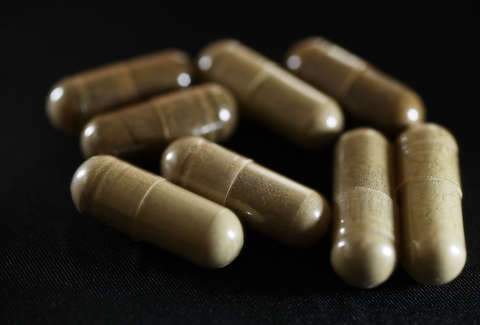Description
Nitromethaqualone
Introduction
Nitromethaqualone is a synthetic organic compound that belongs to a class of drugs called quinazolinones. Nitromethaqualone is also known as “Rorer 714” and has been used recreationally for its sedative and hypnotic properties. However, Nitromethaqualone is not widely used as a medication due to its relatively high toxicity and potential for abuse. This paper aims to provide a comprehensive review of the topic by discussing its definition, history, physical and chemical properties, synthesis and characterization, and chemical properties, synthesis and characterization, analytical methods, biological properties, toxicity and safety in scientific experiments, applications in scientific experiments, current state of research, potential implication in various fields of research and industry, and v and future directions.
Definition and Background
Nitromethaqualone is a synthetic organic compound that belongs to the class of drug called quinazolinones. It was first synthesized in the by a pharmaceutical company called Rorer Pharmaceuticals Corporation. Nitromethaqualon acts as a central nervous system depressant and produces sedative and hypnotic effects. Due to its potent effect nitromethaqualone has been use recreationally as a recreational drug, and it has been associate with abuse and addiction.
Physical and Chemical Properties
Nitromethaqualone has a molecular formula of C14H11N3O3 and a molar mass of 281.25 g/mol. It is a yellow crystalline solid with a melting point of 184-187 °C. Nitromethaqualone is soluble in methanol, ethanol, chloroform, and acetone. It has a pKa of 8.8 and a logP of 3.99.
Synthesis and Characterization
Nitromethaqualone can be synthesize by react] 2-nitrobenzaldehyde with 2-aminobenzophenone and sodium ethoxide. The result compound is then reduce with hydrogen in the presence of a palladium catalyst to form Nitromethaqualone. The synthesis of Nitromethaqualone can also be achieve through other method.
Analytical Methods
Several analytical method have been develope to detec the presence of Nitromethaqualone in variou sample. These methods include gas chromatography-mass spectrometry, liquid chromatography-tandem mass spectrometry, and capillary electrophoresis. These analytical methods provide a reliable and sensitive means of detecting Nitromethaqualone’s presence in biological fluids and other samples.
Biological Properties
Nitromethaqualone acts as a central nervous system depressant and produces sedative and hypnotic effects. It acts on the gamma-aminobutyric acid (GABA) receptors in the brain, which results in the inhibition of neurotransmitter release. Nitromethaqualon can produce dependence and tolerance over time, and its chronic use can lead to addiction and withdrawal.
Toxicity and Safety in Scientific Experiments
Nitromethaqualone has been show to be toxic to animal and human at high doses. It produce adverse effect such as respiratory depression, impaire coordination, and cognitive impairment. The LD50 of Nitromethaqualon in rat is 140-150 mg/kg. The toxicity of Nitrome has made it unsafe for use in human and it use is restricte to scientific research.
Applications in Scientific Experiments
has been use in scientific research as a tool to study the GABA receptor system and it pharmacological effect. It has also been use as a reference compound to validate analytical method for detect \in biological fluid.





Reviews
There are no reviews yet.